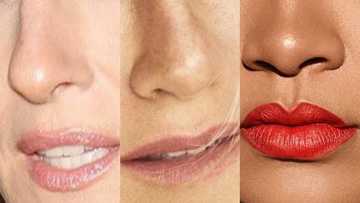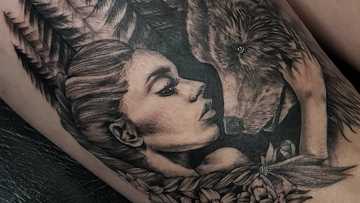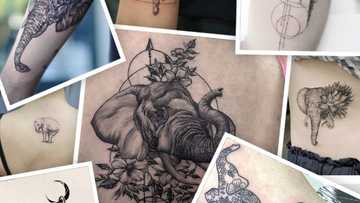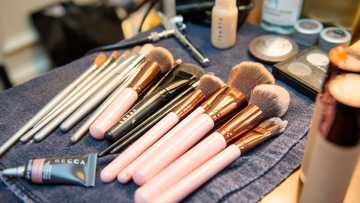Cartilage piercing: a guide to pain, cost, healing, and aftercare
A cartilage piercing refers to a beauty perforation made explicitly on the cartilage body parts to wear jewellery. When compared to skin and bone, cartilage is somewhat harder than the skin and yet softer than bone. On a global scale, the most popular cartilage perforation is done either on the ear cartilage or the nose.

Source: UGC
The versatility of cartilage piercing styles has made it earn great popularity internationally. Unlike the oldest, familiar, and regular earlobe perforation, a correctly done cartilage piercing can completely transform your appearance and fully complement your looks. You also get the chance to rock numerous jewellery and numerous designs that promise the achievement of a unique and fabulous look. If you are new to cartilage piercing or want to advance your understanding of how it is done, this article is here to help you. Read along as we venture into the world of cartilage piercings, how to manage the pain, its cost, healing care and aftercare.
READ ALSO: How to pierce your nose at home?
Why do people do cartilage ear piercing?
Various individuals have their specific valid reasons when it comes to the decision of having a piercing. Some are based on social norms, personal reasons, cultural, religious, age factor, and current fashion trends. Some of the main reasons include the listed below.
Looks great on others
Have you ever seen a particular celebrity, an online model, or just a random person, and loved how their cartilage piercings look great on them? That instant attraction of their look happens to be one of the main reasons why most individuals tend to fall in love with specific looks and inspire to have them. When you love something, it makes you see beyond the pain and makes you believe that it will completely change your appearance.
Self-expression
Cartilage perforations are quite useful when you want to make a silent but visible statement. A good example is an expression of being “courageous.” Having multiple perforations is enough evidence that you can boldly face pain and overcome it. On the other hand, it can be used to express one's sense of creativity. A good example is the “Rock and Roll” artists. They complement their dressing with their piercings to achieve that “gothic” look as a hard-rock or metal artist.
Sense of belonging
We live in a world where different individuals believe or do numerous things tend concerning their spiritual or poetical aspects. Various worldwide communities tend to view piercings as normality in their cultural practices. A perforation on a specific area or a particular number of piercings depending on the gender could mean something in a given setup of a community.
In memory of either specific individuals or activities
I know a good number of people who got a piercing when they turned 18 years old. My sister is one of those. Every time someone asks her why she got the perforation, she smiles and looks back at her 18th birthday. Furthermore, some individuals get perforations to remember their relationships, anniversary, or even tragic events.
Achieve uniqueness
The fact remains that we could both have the same piercings but either different jewellery or different styles. There are various styles, places, and even numbers of cartilage piercings to choose for your beauty. Depending on your taste of style, you can achieve your desired uniqueness.
Ear cartilage piercing
Helix piercing involves making a perforation of the upper ear that is known as a helix. The helix is the extension of the cartilage that exists from just above the earlobe, to the apex, and finally curved as it comes into contact with the head. A forward helix piercing involves the part between the helix’s top and where it meets the head.

Source: UGC
Others include Industrial, Antihelix, Rook that is done on the upper side of the antihelix, Snug that is done on the lower ridge, Conch, Daith, Tragus, Antitragus, and California.
Nose cartilage piercings
Just like the ear, the nose also is composed of cartilage. As a result, several beauty nose perforations can be done to achieve that exclusive look. A good example is the “Nostril piercing” that can be done on either nose penetrating to the inside part of the nose. Others types of nose perforations include high nostril piercing that is done on the furthest side of the nose that is closer to the bone, nose tip, nasallang, and the septum perforation.
Cartilage piercing process
If you are new and have never had a body piercing, then I bet you must wonder what the process might involve. Let us face it; it is very typical to experience a mixed feeling of both excitement and fear. You can take it from me and other experts in perforation and especially cartilage piercings, the process ends faster as soon as it begins.
You will first have to decide or select the person that you feel comfortable with making the piercing. The piercer will then have to put on surgical gloves and later proceed to sterilise the specific body part to be perforated. Sterilisation is vital to prevent any infectious diseases that might result during the process. You should also insist on sterilisation as prevention is better than cure.
READ ALSO: How to get white eyes: top 5 ways
The next step is a piercer identifying and marking the specific section of the ear or nose that you want to be pierced. This is after asking you and ensuring that it is a particular region. After reaching an agreement, a piercer uses a surgical marker to make a reference mark as it prevents any alterations.
The next stage is a piercer using a hollow needle to make the perforation. Immediately a piercer pulls out the needle, he/she proceed to insert your jewellery of choice. Some beauty parlours may use advanced assistance from body clamps to ensure that your skin stays intact during the process.
Cartilage piercing pain
Since the procedure takes only a few minutes, the pain level is also quite insignificant. On a scale of 1-10, most people rank the ear cartilage pain to be 4/10. During the incursion, expect to experience a spontaneous sharp pain that fades in seconds. The post cartilage piercing period greatly determines the pain level and success of the piercing.

Source: UGC
In most incidences, when the entire ear feels excessively sore, swollen, or develops a bump, it is a sign that your piercing has developed an infection. In two weeks, the pain should decrease as a sign of healing. This will significantly depend on the aftercare maintenance as explained below.
Ear cartilage piercings healing process
So, does cartilage heal? Healing may differ from one person to another. Just like pain, some people are tolerant of high pain levels while others cannot entertain the thought of pain. Generally, a healthy lifestyle and perforation care is the only routine to achieve a properly healed perforation. Ensure that you take a healthy diet for adequate blood flow since the cartilage receives quite a little blood compared to the rest of the body.
Cartilage piercing care
Avoid any scenarios that might have water getting inside the fresh perforation. This involves using a shower cape that covers up your ear and also avoiding swimming or being rained on.
You will also have to consider your sleeping posture. If you end up sleeping on the side of the newly placed jewellery, you will end up disrupting the piercing hence leading to increased pain and even infection.
One of the greatest temptations you will face is avoiding touching the jewellery using your hands. You will time and again find the wound to be itchy. This might lead to continuous touching hence infection with dirty or unwashed hands. Constant touching also leads to increased pain and wound infections.
Any developing crust or body fluid closer to the earning should be attended to using a disinfectant. Do not use your bare hands as it might cause infection. It is advisable to use cotton dipped in a disinfectant.
Cleaning process
The best solution to apply is a saline solution that can either be homemade or bought on a chemist. Cartilage piercing heals faster when high standards of cleanliness are maintained. The cleaning procedure should be done twice in 24 hours. The process should continue for the first 1-3 months and only stopped when one no longer feels the pain.
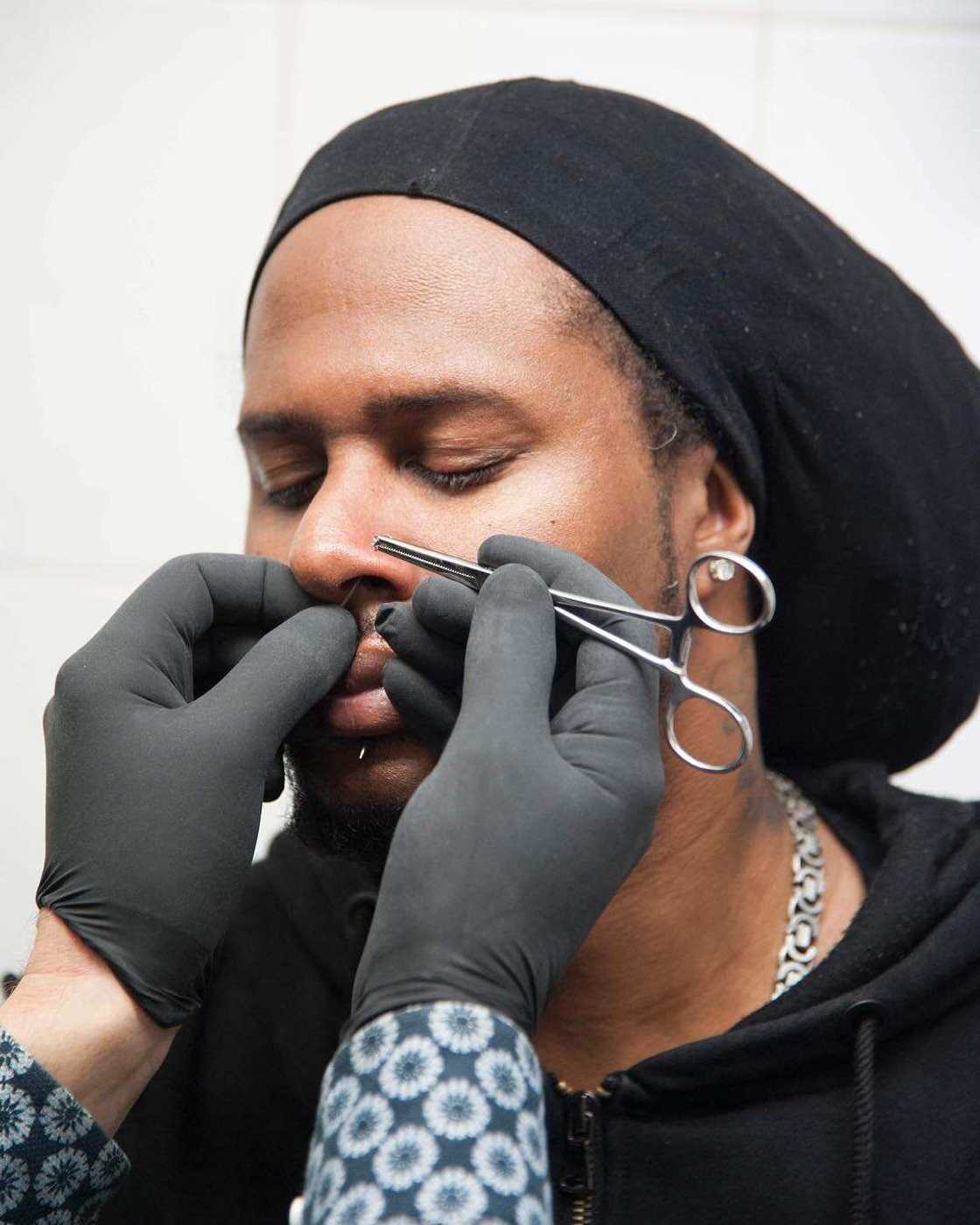
Source: Instagram
After healing, you are now capable of exploring a large variety of jewellery. It is vital to select metal jewellery that is friendly to your ear as some are prone to allergic reactions. A good example is gold, silver, or titanium. The best size of jewellery should range past size 14 in gauge size. This is to prevent any injury that might result from cartilage stretching.
The cost of cartilage piercing
Cartilage piercing price is quite affordable in different countries and beauty shops. In the United States, the price might range from $20 to $65. A look at the United Kingdom, the cost might range from £18 and a maximum of £30. In Europe, you might have to pay from €15 to €35.
Cartilage piercing is a popular beauty perforation done on the upper side of the ear known as cartilage. Its main aim is to enhance individual beauty, uniqueness, originality, style, and overall personality appearance. Cartilage perforations effectively compliment an individual’s style and elegance through its different styles and jewellery.
READ ALSO: Elephant tattoo: meaning and top 50 ideas
Source: Legit.ng



